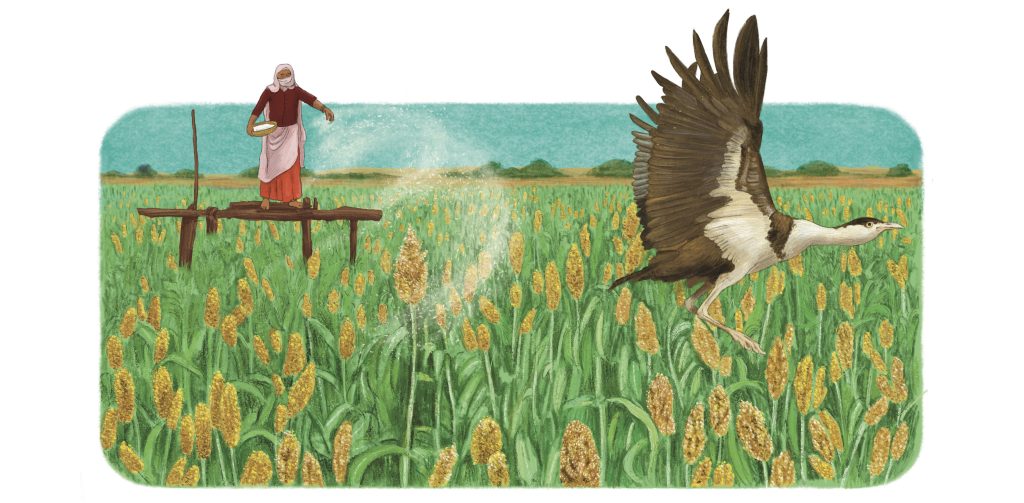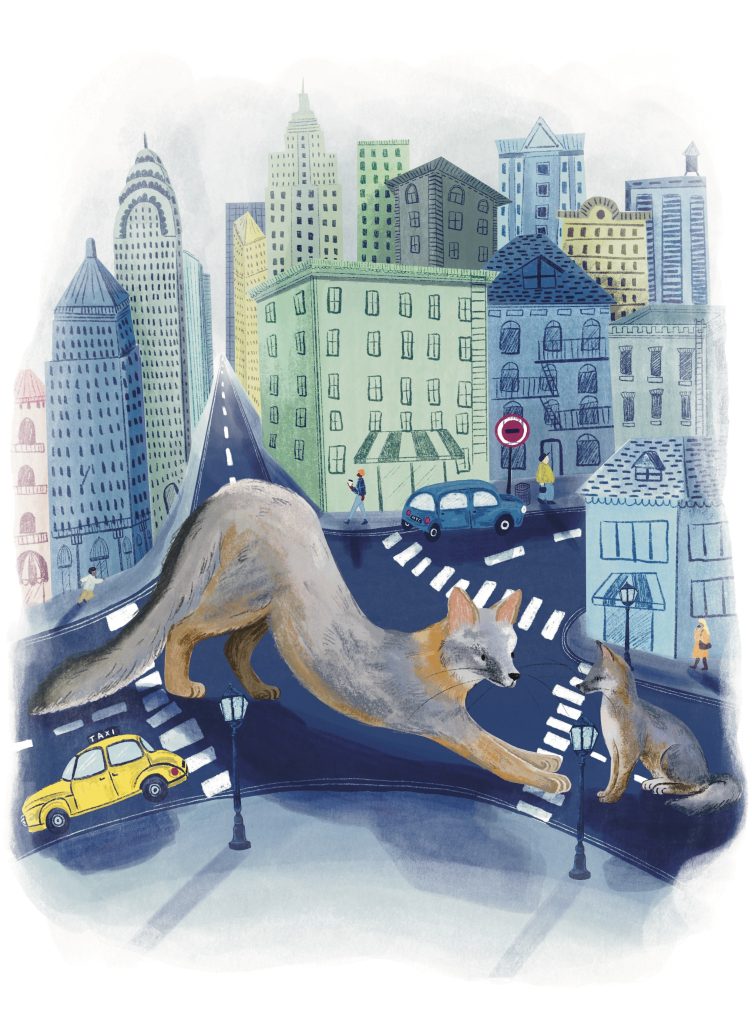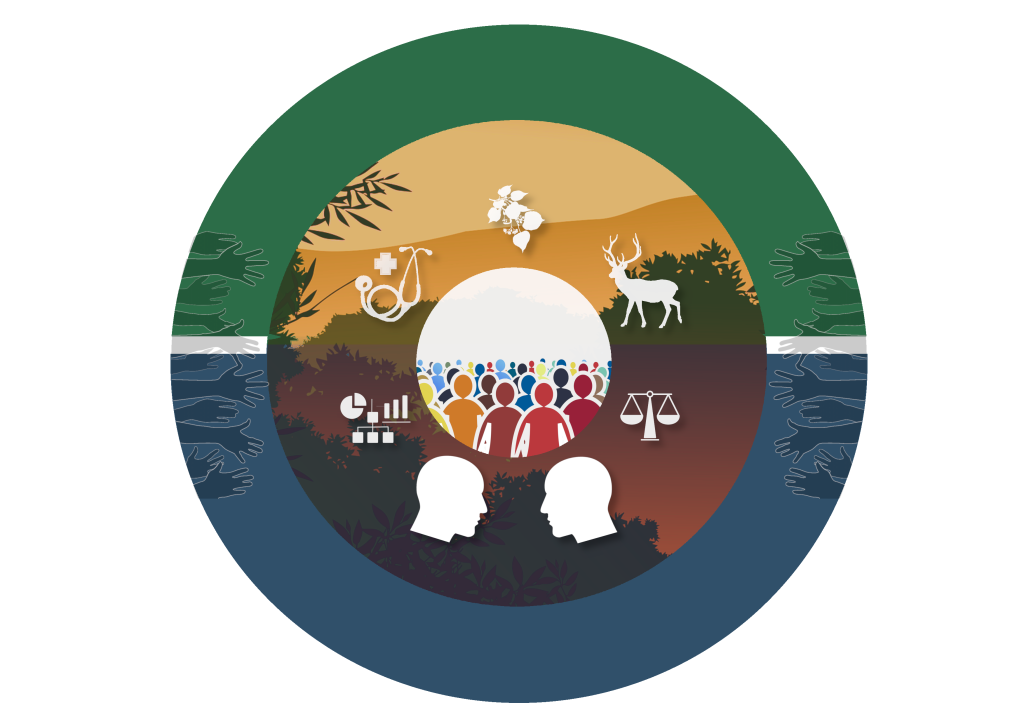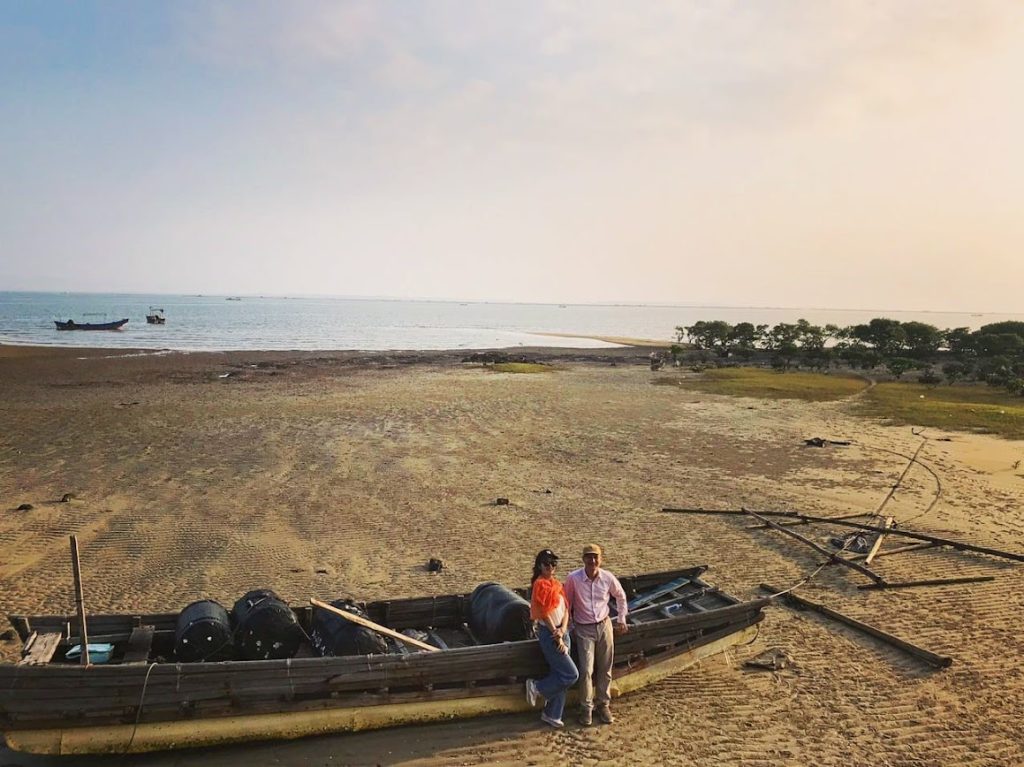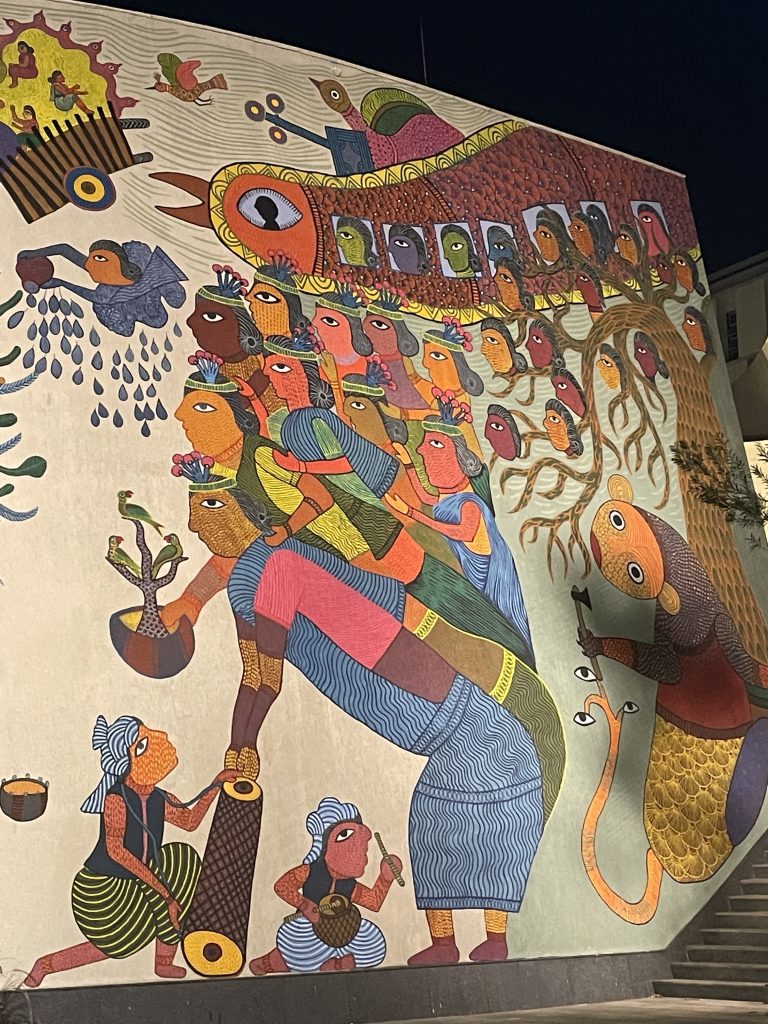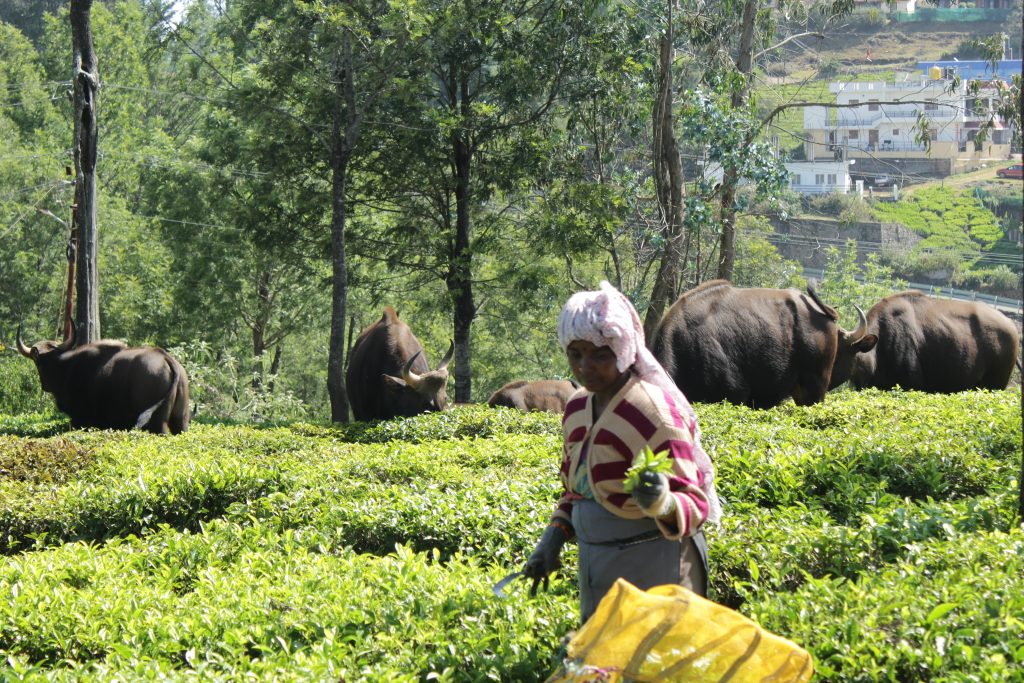Why conserve? How to conserve?
The last decade saw heated disputes about the proper goals of conservation. Many conservationists have placed increasing emphasis on the value of nature for human beings, framing the benefits provided by nature in terms of ecosystem services and natural capital. For others, this amounts to a betrayal of nature’s ‘intrinsic value’: its value for itself, regardless of its contributions to (or detractions from) human interests.
Other controversies have focused on how conservationists should relate to changing ecological conditions, particularly changes brought about by human activities. Should conservation try to arrest anthropogenic change, by trying to keep ecosystems in as close a state as possible to a supposed pre-human baseline? Or should they embrace these changes and promote whatever resulting values they produce, such as novel ecosystems and the potential to adapt to climate change?
Even more recently, advocates of so-called ‘compassionate conservation’ have helped foreground the tension between conserving ecological wholes (such as species and ecosystems) and protecting the wellbeing of individual animals. The core controversy here relates to the suffering and death brought to individual animals by certain conservation interventions, such as predator control and the eradication of non-native species.
All these debates have been underlain by the more basic question of what conservation is, and indeed who can be considered a conservationist. But so far, definitions of conservation have either been exclusively narrow or excessively broad.
Historically, narrow understandings of conservation as proper hunting ethics (in the times of the British Empire) or the preservation of biological entities and processes (in recent times) have served to exclude those who do not view the living world and their relations with it on those terms. On the other hand, attempts to broaden our understanding of what conservation is in the interest of inclusivity have sometimes cast the net too wide, and thereby not allowed us to distinguish conservation from other ways of relating to the natural world, such as human development and the protection of animal wellbeing.
What is needed is a conceptualisation that is sufficiently wide to accommodate diverse forms of conservation, but also sufficiently contained to delimit conservation from altogether different ways of relating to the living world. What follows is my attempt to build such a conceptualisation.
Conservation in extended human time
Even if many conservationists disagree about why the living world is valuable (whether it is valuable owing to its contributions to human wellbeing, or valuable independently of those contributions), all conservationists agree that something of value exists in the living world. In other words, all conservationists agree that the living world is valuable, despite their disagreements over what this value consists of. This is the first step in building the definition I propose.
The second step has to do with the kind of harm to valuable things that most concerns conservationists. Conservationists have frequently disagreed about which harms are most important. While many have blamed the activities that directly harm wildlife, such as agricultural expansion and unsustainable hunting, political ecologists have typically pointed their fingers at the underlying political and economic structures that support those harms.
But what distinguishes conservationists from other groups is their overarching concern with irrecoverable loss rather than with temporary harm. As I view it, conservation is centrally preoccupied with the avoidance of extinction and other forms of permanent damage. This is why I think conservation is about promoting the continued existence of valuable things, rather than just their temporary states.
The third and last step in my proposed definition seeks to identify the right timescale for conserving valuable things. Attempts to conserve individual animals and plants (except extraordinarily long-lived ones) is generally futile from the human point of view: individual beings are born and destroyed too quickly for it to make sense to conserve them. But ecological wholes, such as species and ecosystems, can far outlive human generations, and so their conservation—from the human standpoint—is feasible, at least in principle. As Ishmael, the narrator of Herman Melville’s Moby-Dick, concludes his assessment of the sustainability of 19th century whaling practices:‘We account the whale immortal in his species, however perishable in his individuality.’
On the other end of the spectrum, though, even the conservation of species and ecosystems is futile. On geological timescales, ecological wholes also come and go on a continuous basis. On these scales of time, even their conservation is finally futile. This is why I propose that the right timescale for conservation is ‘extended human time’: stretches of time longer than a single human generation, but short enough that humans with whom we can identify still exist (humans who might be able to understand, perhaps even share, some of our ethical motivations and aspired relations with the living world). It is at this temporal scale that humans are able to find meaning in their endeavours, and it is at this scale that conservation is intelligible.
Taken together, these three steps allow me to propose that conservation is the promotion of the continued existence of valuable things in the living world in extended human time.

Conservation, ecological change, and the wellbeing of nonhuman beings
Viewing conservation as unfolding in extended human time helps shed light on the tensions between conserving ecological wholes, on the one hand, and caring about the welfare of individual plants and animals, on the other. The fact that, as Ishmael perceived, species can outlive the individuals that compose them, is why I think that conservation has mostly focused on ensuring the continued existence of ecological wholes rather than individual beings. In and of itself, concern with the welfare of individual animals is not, I think, conservation.
By disentangling conservation goals from the protection of animal welfare, we can gain a better understanding of the relationship between the two.
At times this relationship is positive. In my experience, both in the field (mostly in Chile) and in the office, many conservationists care sincerely about the goods and evils experienced by sentient beings. On many occasions, protecting individual animals can advance conservation goals: for instance, protecting individual whales generally benefits whale species as a whole. In turn, protecting habitats and ecosystems often benefits the individual plants and animals who make those places their homes.
At other times, harming or culling individual beings is necessary to ensure the continued survival of certain species (think of the eradication of rodents on oceanic islands to save the seabirds on whose chicks the rodents predate). In this context, viewing the welfare of those beings as conceptually separate from conservation can also help clarify our aims. Where this harm is truly inevitable, and where it is gauged that saving a species justifies the harm involved, conservationists should strive to inflict that harm with a heavy heart, aware of the tragic choices they face. At times, they may even decide to forsake conservation goals in the interest of not causing widespread damage to individual animals and plants.
Seeing conservation as primarily concerned with promoting the continued existence of valuable things can also clarify the relationship between conservation and the adaptation to, or even embrace of, ecological change. In many cases, embracing change is a good strategy to boost the chances of certain ecological entities to survive broader changes, such as those to do with land use and climate. Assisted migration is a good example of this: rather than trying to keep everything as it is, helping species relocate to more favourable habitats can help avoid their extinction.
Another way of seeing the embrace of ecological change as enhancing the continued existence of valuable things is to focus less on ecological entities (such as species and ecosystems) and more on ecological processes (such as evolution and nutrient cycling). Embracing some forms of ecological change can help promote the continued existence of these valuable ecological processes. For example, changing biological and climatic conditions create new evolutionary pressures that can—eventually—result in the appearance of new species.
There are important limitations to my proposed definition of conservation. For one thing, I have elaborated it by drawing largely from Western debates about what matters in conservation, and by using concepts, such as ‘the living world’ and ‘human time’, that are grounded in a Western view of the world. In this sense, my definition can rightly be challenged by those who do not view conservation and the living world on the same terms as me.
For this reason, the definition I have proposed can never pretend—and should never pretend—to be universal. Rather, the main political motivation behind my retracing the boundaries of conservation has been to bring at once openness and clarity to the question of what conservation is and what it is not.
This is a bold and ambitious task, but I hope that by proposing that conservation is chiefly concerned with avoiding permanent loss rather than reversible damage, and by arguing that conservation unfolds in timescales longer than a single human generation, but shorter than geological time, my proposed new definition can help shed light on what conservation is and what it is for.
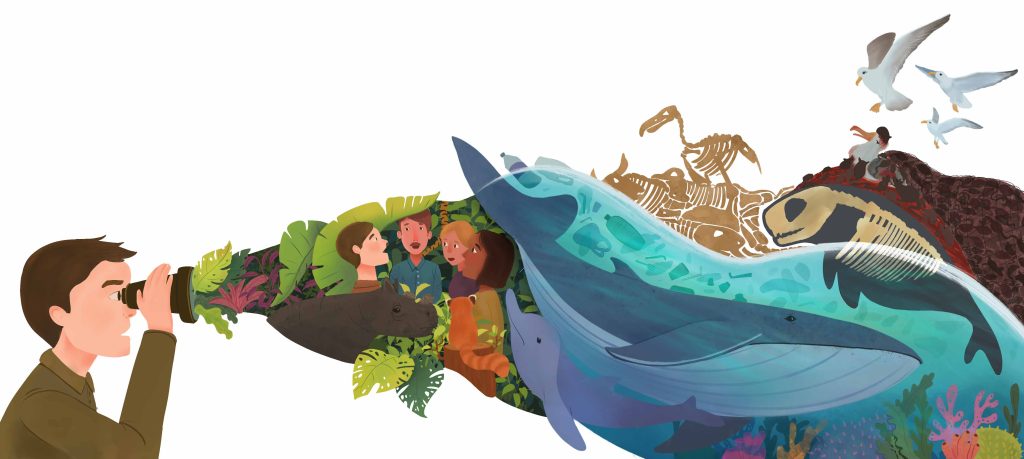
Further Reading
Luque-Lora, R. 2023. What conservation is: a contemporary inquiry. Conservation and society 21(1): 73–82.
Sandbrook, C. 2015. What is conservation? Oryx 49(4): 565–566.

